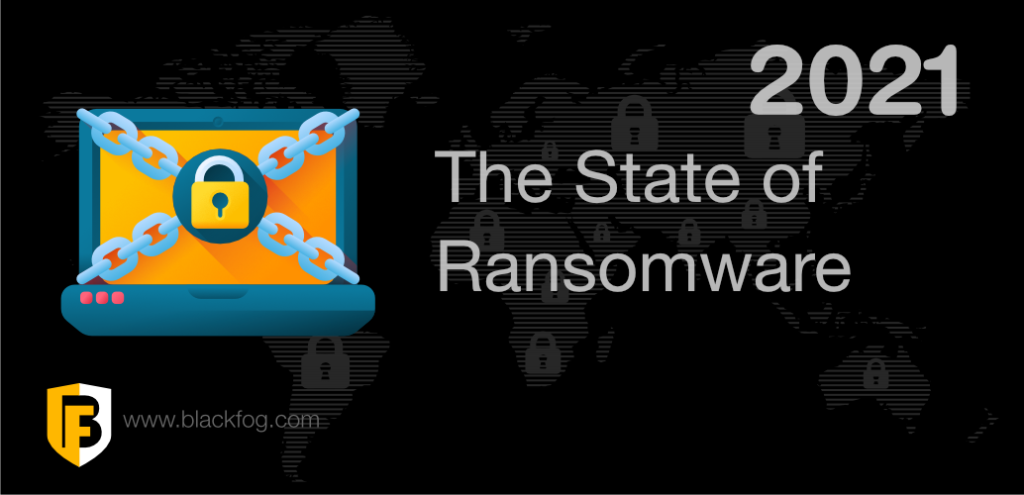
DevOps culture is maturing. Cloud services are becoming more prevalent. And the momentum of microservices-based architecture is increasing fast. In light of these changes, teams responsible for delivering and operating software and complex systems are monitoring their applications and infrastructure in ways vastly different from the monitoring strategies used in the past. This cumulative shift has resulted in data silos and often unnecessary noise.
Traditional monitoring solutions just won’t cut it anymore. Instead, DevOps teams need a single, centralized tool that provides a full picture of their software system in its entirety. This is what an observability-focused monitoring approach can provide. New Relic’s Telemetry Data Platform makes it easy to ingest, collect, search, and correlate metrics, events, logs, and traces, regardless of where the data originated.
Full observability—rather than partial and siloed monitoring—is critical for software teams to master the complexity of today’s systems. And that means evolving beyond traditional log monitoring that looks at logs as an isolated source of information with little ability to correlate across other telemetry types and detect and address common problems like alert fatigue proactively. In this article, we’ll discuss the evolution of log monitoring and observability.
Increasingly complex systems
Log data is one of the cornerstone requirements in successfully monitoring and troubleshooting applications and infrastructure. More than 73% of DevOps teams use log management and analysis to monitor their systems, but that’s only one piece of the puzzle. So let’s start with the key challenge, and then go into some of the best practices to drive success that results in value to the organization.
The challenge lies in the complexity of today’s increasingly distributed systems. Every application, tool, and appliance generates a stream of log messages, each of which can contain vital information on what and when an incident happened. At the same time, some logs are verbose and have redundant information that can be best evaluated with high-level metrics from sources that have been instrumented. That additional redundant information makes the metaphorical haystack even larger, making finding the “needles” of critical information more cumbersome and difficult than it needs to be.
Here’s why traditional log monitoring is no longer viable:
- Distributed systems based on conventional server/client models or containers and clouds produce significant amounts of logs that can rack up storage and processing costs.
- Today’s systems demand real-time monitoring. If an application experiences downtime, teams must be on the ball and ready to troubleshoot and respond fast.
- Cloud-based architecture is becoming more widely adopted across the board, with the most innovative companies and technologies going all-in. At this point, more than three-quarters of enterprises house at least one application in the cloud, and that number is growing in depth and breadth. These systems need efficient logging and alerts, proactive reporting, analysis and automation tools, and the ability to combine needed log details with high level metrics from a single source. Traditional logging doesn’t support this. Because traditional log monitoring simply doesn’t account for, connect, or understand the value of other data telemetry types and how they can be used together to achieve even greater efficiency and observability.
Observability vs. log monitoring
High demands from both the internal business units and the ultimate end users make it vital for large and small companies to identify and respond to errors fast and in real time. Traditional monitoring that relies on error logs only scratches the surface—observability goes deeper.
It’s not just about “what.” It’s about“why.” It’s not about collecting error data. It’s about analyzing it, gaining insights, recognizing trends, and comprehending the bigger picture.
Here’s yet another way to conceptualize the difference between observability and traditional monitoring:
- Monitoring involves measuring what you deem to be important in advance.
- Observability gives you the ability to ask questions about your system that you didn’t know were going to be important.
In the software delivery lifecycle, log management is a foundation of observability. Just with log management, you can improve troubleshooting time and reduce mean time to resolution. But observability across metrics, events, logs, and traces enables you to troubleshoot the full stack faster with curated content purpose-built across all telemetry types. With visibility into all components of a system in context, you can automatically surface issues and signals that might otherwise go undetected.








